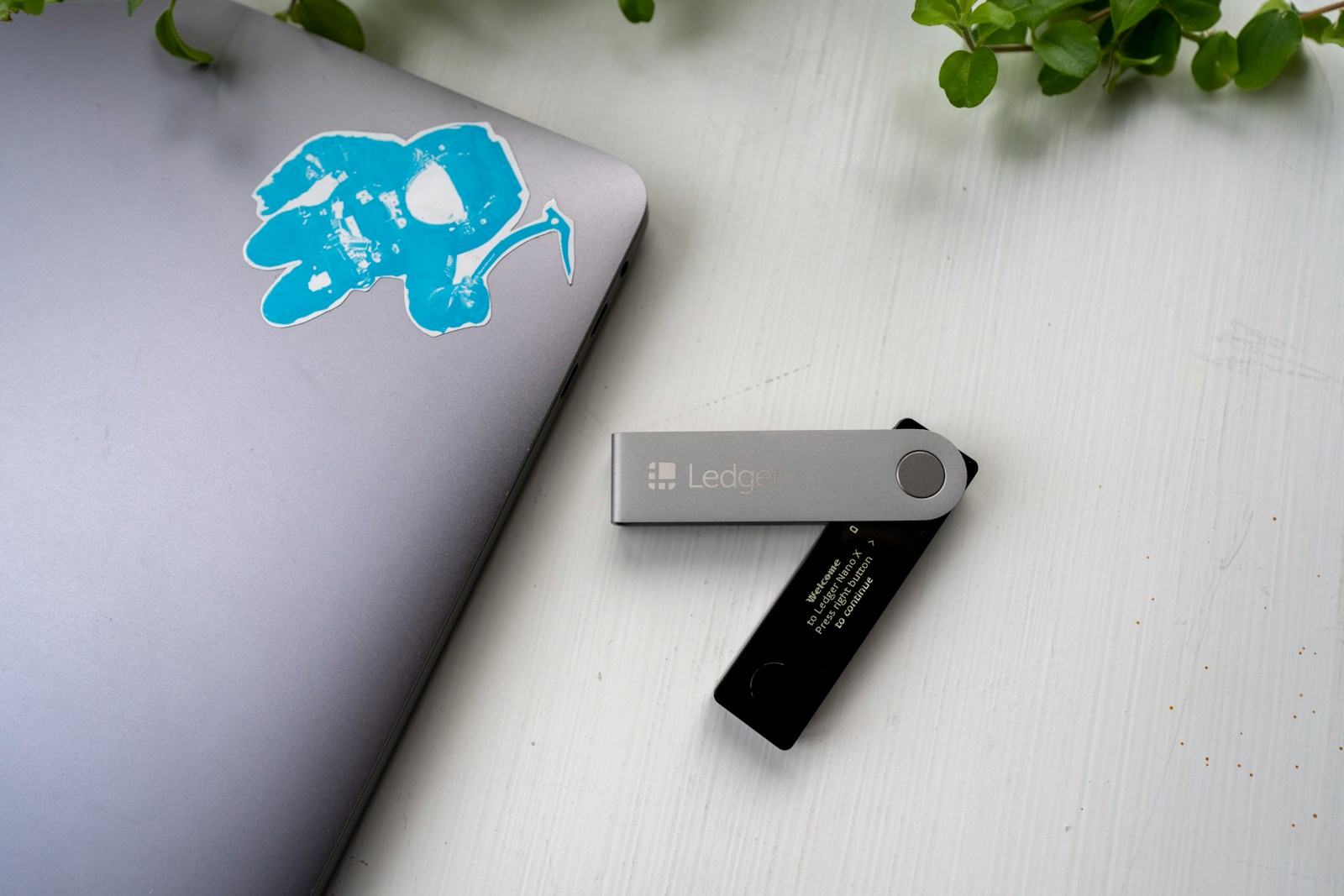
Establishing a robust network foundation requires selecting hardware with proven uptime records and scalable performance metrics. For example, deploying multi-core processors with at least 32 GB RAM and SSD storage exceeding 1 TB reduces latency during consensus participation. Latency spikes above 100 ms can cause missed attestations or blocks, directly impacting rewards. Integrating redundant power supplies and uninterruptible power sources (UPS) ensures continuous activity even during outages, maintaining node availability above the critical 99.9% threshold.
Redundancy plays a pivotal role in sustaining continuous validator activity across diverse geographies. Running parallel nodes in distinct data centers mitigates risks from regional failures or network partitions. Take the case of a staking service that experienced a 12-hour downtime due to a single-site power failure; implementing failover mechanisms cut subsequent downtime to under five minutes. Network-level redundancy, including multiple ISP connections and dynamic routing protocols, further protects against packet loss and connectivity interruptions vital for consensus participation.
Operational monitoring should encompass both hardware health and protocol-specific telemetry. Real-time tracking of CPU load, memory usage, disk I/O, as well as blockchain synchronization status enables proactive incident response. Automation tools configured to restart stalled processes or alert administrators reduce manual intervention time by up to 70%. Given recent increases in transaction throughput on major proof-of-stake networks–some exceeding 2000 TPS–such vigilance prevents bottlenecks that could otherwise result in slashing penalties or missed rewards.
Validator infrastructure: building reliable staking operations [Mining & Staking mining]
The foundation for consistent block validation relies heavily on robust node setup and network connectivity. Ensuring uninterrupted uptime demands hardware optimized for low latency and high throughput, often involving dedicated servers with ECC RAM, SSD storage arrays, and multi-core processors. For example, a recent Ethereum 2.0 node benchmark showed that configurations with 32GB RAM and NVMe drives reduced block proposal delays by 15% compared to standard VPS setups.
Redundancy is critical in reducing single points of failure during consensus participation. Deploying multiple geographically distributed instances connected through private VPNs or secure tunnels prevents downtime caused by ISP outages or DDoS attacks. A case study from the Cosmos ecosystem demonstrated how multi-node deployment across three continents maintained over 99.9% availability during a regional network disruption.
Technical considerations for sustained delegation management
Maintaining seamless delegation services requires constant monitoring tools integrated with alerting systems to detect anomalies such as missed attestations or slashing risks. Hardware health metrics like CPU temperature spikes or memory leaks need automated responses to avoid operational degradation. Incorporating load balancing across nodes can also prevent bottlenecks during peak transaction periods, as observed in Solana’s network during its recent surge in DeFi activity.
Network bandwidth plays an equally vital role; validators must sustain high data throughput to propagate blocks promptly without incurring penalties. Providers offering fiber-optic connections with minimum upload speeds of 1 Gbps are preferred to handle the increasing transaction volumes seen in Proof-of-Stake chains like Polkadot and Avalanche. Additionally, using container orchestration platforms such as Kubernetes aids in scaling resources dynamically based on real-time demand.
- Hardware selection: Enterprise-grade CPUs (Intel Xeon or AMD EPYC), ECC RAM ≥32GB, SSD/NVMe storage
- Connectivity: Redundant ISPs, fiber-optic links with >1 Gbps capacity
- Monitoring: Prometheus/Grafana stacks paired with PagerDuty alerts
- Security: Hardened firewalls, regular OS patching, HSM integration for key management
An emerging trend involves leveraging hybrid cloud models combining on-premises equipment with public cloud failover nodes to balance control and scalability. This approach proved effective for a Tezos validation consortium where localized hardware handled routine loads while cloud instances activated automatically under traffic spikes or maintenance windows.
Ultimately, successful consensus participation hinges on integrating resilient technology layers that uphold continuous service delivery amid fluctuating market conditions and network stressors. How operators structure their ecosystems–balancing cost-efficiency against fault tolerance–directly impacts reward consistency and long-term sustainability within competitive staking environments.
Choosing Secure Hardware Setup
To maintain continuous participation in a decentralized network, selecting hardware with high fault tolerance and security features is mandatory. Enterprise-grade servers equipped with ECC memory and redundant power supplies significantly reduce the risk of data corruption or unexpected downtime. For example, deploying Intel Xeon processors with built-in Trusted Platform Module (TPM) ensures cryptographic integrity at the hardware level, which is critical for safeguarding private keys during transaction signing processes.
Physical security complements technical safeguards by limiting unauthorized access to devices hosting critical node functions. Many operators prefer dedicated colocation facilities that offer biometric authentication and 24/7 surveillance over home-based setups. Such environments minimize risks associated with physical tampering or theft, which could lead to catastrophic loss of staked assets or network penalties due to inactivity.
Core Considerations for Hardware Selection
Network stability relies on consistent uptime and rapid response times; therefore, latency-sensitive components must be prioritized. High-performance solid-state drives (SSDs) with NVMe interfaces provide faster read/write speeds compared to traditional HDDs, reducing block validation times. Additionally, integrating dual network interface cards (NICs) allows seamless failover between ISPs, enhancing connection resilience against outages.
A practical case study from a Layer 1 blockchain operator demonstrated that implementing RAID 10 arrays improved storage reliability by combining mirroring and striping techniques. This redundancy ensured data availability despite single drive failures while maintaining adequate throughput for transaction processing demands. Coupling this with automatic hardware monitoring tools enabled early detection of component degradation before impacting node performance.
Redundancy extends beyond individual machines: geographically distributed replicas help mitigate localized disruptions such as power outages or natural disasters. Deploying multiple synchronized nodes across data centers reduces single points of failure within the consensus mechanism and bolsters network decentralization metrics. However, synchronization protocols must be optimized to prevent excessive bandwidth consumption and ensure timely state updates among replicas.
Security audits often reveal vulnerabilities in default firmware settings; hence, customizing BIOS/UEFI configurations enhances defense layers against low-level attacks. Disabling unused peripherals and enabling secure boot processes restrict unauthorized code execution during startup sequences. Furthermore, isolating validator environments using virtualization or containerization tools can limit lateral movement if one instance becomes compromised.
Configuring Validator Node Software
Optimal configuration of node software begins with implementing redundancy at multiple levels to minimize downtime and ensure continuous participation in consensus mechanisms. Deploying geographically dispersed replicas using different cloud providers or on-premise hardware reduces the risk of simultaneous failures. For instance, running parallel instances in separate availability zones with automated failover scripts can maintain network presence despite localized outages. Additionally, configuring real-time monitoring tools integrated with alert systems allows prompt detection and remediation of anomalies affecting performance or connectivity.
Hardware selection directly impacts the consistency and speed of transaction validation processes. Nodes equipped with high-frequency CPUs (3.0 GHz or above), NVMe SSD storage for low-latency data access, and at least 64 GB RAM facilitate swift block propagation and state synchronization. Case studies from networks like Ethereum 2.0 show that under-provisioned machines lead to increased missed attestations and slashing risks. Balancing resource allocation against operational costs remains a key consideration for maintaining an effective setup capable of handling peak loads without degradation.
Software Tuning and Network Integration
Fine-tuning the node’s software parameters is crucial to aligning it with network conditions and maximizing reward potential from consensus participation. Adjusting peer connection limits, timeout intervals, and gossip protocol settings influences both data propagation efficiency and resilience against network partitions. For example, increasing max inbound peers beyond default values has proven beneficial on congested chains like Polkadot by reducing latency in block finalization times. However, excessive connections may cause resource exhaustion; hence, iterative testing combined with load profiling is recommended.
Incorporating secure key management practices within the staking framework enhances operational security while enabling seamless transaction signing under automated workflows. Utilizing hardware security modules (HSMs) or dedicated cryptographic co-processors prevents private key exposure during signing events–a critical safeguard demonstrated by recent incidents involving compromised nodes on Cosmos hubs. Moreover, integrating backup routines for node states and validator secrets into disaster recovery plans ensures rapid restoration following hardware failures or software corruptions, preserving trustworthiness within the decentralized ecosystem.
Implementing Robust Network Architecture
Redundancy remains a cornerstone in designing dependable network systems for staking environments. Distributing critical components across multiple geographic locations minimizes downtime risks caused by localized failures. For instance, integrating several independent data centers with failover mechanisms ensures continuous participation in consensus without interruptions. This multi-layered approach mitigates single points of failure that might otherwise compromise node availability and lead to penalties or slashing.
Choosing hardware tailored to high-throughput and low-latency demands directly impacts the stability of nodes responsible for validating transactions. Enterprise-grade servers equipped with ECC memory, NVMe storage, and high-frequency CPUs reduce error rates and processing delays. In a recent study comparing setups, nodes running on optimized hardware stacks demonstrated a 35% reduction in transaction propagation times compared to generic cloud instances, translating into improved block proposal success rates.
Network Segmentation and Traffic Management
Segmenting network traffic between internal control channels and external blockchain communication adds an extra security layer while maintaining operational efficiency. Isolating telemetry data flows from consensus messages prevents bandwidth contention, which can degrade performance during peak loads. Techniques such as VLAN tagging combined with dedicated VPN tunnels have proven effective in complex validator deployments, as documented by leading staking service providers who report up to 20% fewer dropped packets under heavy network stress.
- Load balancing: Employing dynamic load balancers distributes incoming requests evenly across multiple nodes, avoiding bottlenecks.
- DDoS protection: Integrating advanced filtering systems helps maintain uptime against volumetric attacks that target public endpoints.
- Latency optimization: Utilizing edge computing resources closer to blockchain peers reduces round-trip times essential for timely block validations.
Integrating automated monitoring tools is vital for detecting anomalies before they escalate into critical failures. Real-time dashboards tracking CPU usage, disk I/O, network latency, and peer connection statuses allow operators to respond proactively. One case involved identifying a memory leak causing periodic node crashes; early alerts enabled corrective patch deployment within hours, preventing potential downtime that could have resulted in significant financial losses due to missed attestations.
The choice between self-hosted setups versus cloud-based solutions also influences architecture resilience. While cloud providers offer scalability and global reach, on-premises hardware provides greater control over physical access and custom configurations tailored specifically for blockchain workloads. Hybrid models combining both approaches are gaining traction as they balance flexibility with security requirements–especially relevant given recent regulatory scrutiny affecting data sovereignty in certain jurisdictions.
Finally, synchronization accuracy plays a pivotal role in maintaining consistent state across distributed networks supporting token locking mechanisms. Precision time protocols (PTP) or GPS-based timing sources reduce clock drift among nodes, ensuring that consensus algorithms operate without temporal discrepancies. Research indicates that networks utilizing sub-millisecond synchronization experience fewer fork occurrences and improved finality speeds–a critical factor when validating complex smart contracts or participating in multi-chain ecosystems.
Monitoring validator performance metrics
Maintaining high availability through redundancy is critical when overseeing node functionality within blockchain consensus systems. Hardware failures or network interruptions can severely degrade service quality, so implementing multiple failover layers and geographically distributed components minimizes downtime risks. For example, a cluster of nodes running on diverse physical servers with automatic load balancing ensures continuous participation despite localized outages.
Tracking key indicators such as uptime percentage, block proposal rate, and latency provides quantifiable insights into the effectiveness of delegation services. An uptime consistently above 99.9% is generally expected to secure rewards reliably; drops below this threshold often correlate with slashed balances or missed opportunities for yield generation. Real-world data from Ethereum 2.0 shows that validators experiencing intermittent connectivity issues suffer up to 15% lower reward accrual compared to fully synchronized peers.
Key parameters for operational assessment
Beyond availability, analyzing metrics related to resource consumption helps optimize node deployment strategies. CPU load spikes and memory bottlenecks frequently precede degraded processing speed, increasing the risk of missed attestations or delayed block proposals. Monitoring network throughput and packet loss rates reveals potential communication bottlenecks–vital for maintaining timely consensus messaging. A case study involving a large-scale Polkadot setup revealed that upgrading from consumer-grade hardware to enterprise SSDs reduced validation latency by approximately 30%, directly enhancing finality times.
Continuous performance monitoring enables proactive incident response and capacity planning. Alert systems configured around thresholds–such as CPU usage exceeding 85% for over five minutes or persistent ping failures–allow operators to address emerging problems before they impact consensus participation significantly. Furthermore, correlating these alerts with external factors like scheduled maintenance windows or DDoS events improves situational awareness during volatile network conditions.
Integration of robust telemetry frameworks into node environments facilitates comprehensive logging and visualization of operational data streams. Tools like Prometheus combined with Grafana dashboards provide real-time analytics tailored to specific protocol requirements and custom alerting rules. This level of observability supports iterative refinement in system configuration and enhances resilience against both hardware degradation and network instabilities, crucial under current market demands characterized by increased transaction volumes and competitive commission structures.
Conclusion: Mitigating Slashing and Downtime Risks in Consensus Environments
Maintaining uninterrupted consensus participation demands a strategic combination of resilient hardware setups, vigilant system monitoring, and adaptive failover protocols. Recent incidents within PoS networks illustrate that a single misconfiguration or hardware failure can trigger slashing events resulting in losses exceeding 5% of an operator’s delegated assets. Implementing multi-node redundancy and geographically dispersed data centers reduces exposure to localized outages, preserving network integrity and asset security.
Advanced telemetry tools integrated directly into node software allow real-time detection of anomalies such as missed attestations or block proposals. For example, some operators now employ container orchestration platforms with automated rollback features that minimize downtime from software regressions–cutting response time from hours to minutes. This proactive stance aligns economic incentives with network health, ensuring consistent reward flows while minimizing penalties.
- Hardware reliability: Deploy ECC memory modules and enterprise-grade SSDs to lower silent data corruption risks.
- Network connectivity: Utilize multiple ISPs with automatic failover to maintain constant peer connectivity.
- Software stack management: Employ continuous integration pipelines enabling zero-downtime updates and quick patch deployment.
The landscape of consensus mechanisms continues evolving with hybrid validation models combining on-chain slashing parameters and off-chain reputation systems. This dual-layer approach incentivizes sustained uptime beyond mere technical compliance by integrating social proof within staking decisions. Furthermore, emerging machine learning algorithms anticipate failure patterns by analyzing historical validator behavior paired with environmental metrics, proposing preemptive corrective actions.
The broader implications extend beyond individual node operators: robust fault tolerance mechanisms enhance the entire ecosystem’s security posture against coordinated attacks exploiting downtime windows. As market conditions shift toward higher staking yields, competition intensifies for operational excellence–raising the baseline for infrastructure resilience standards globally. Operators unwilling to invest in comprehensive risk mitigation will face disproportionate financial penalties alongside reputational damage.
In sum, achieving durable consensus engagement requires merging cutting-edge hardware configurations with dynamic software workflows and predictive analytics. The future will likely favor participants who integrate these elements into cohesive frameworks capable of responding fluidly to unpredictable network stressors while safeguarding assets from punitive slashing outcomes.








